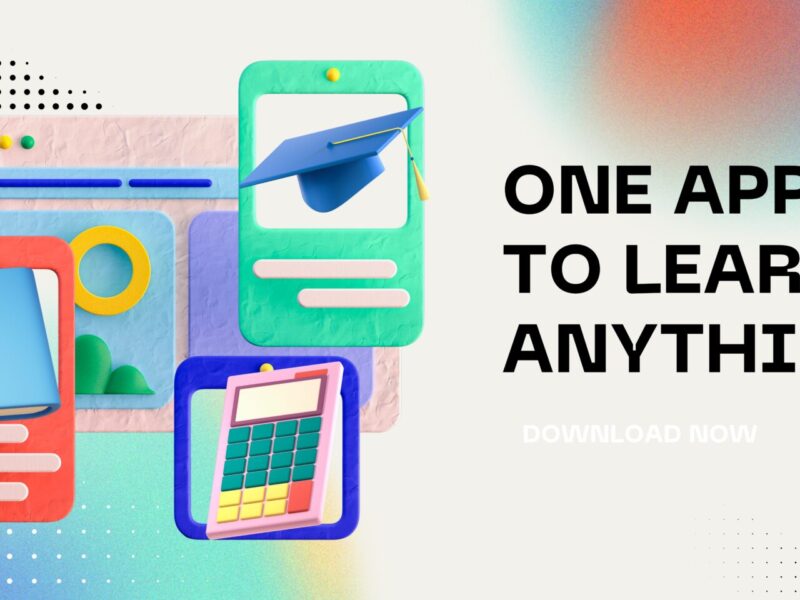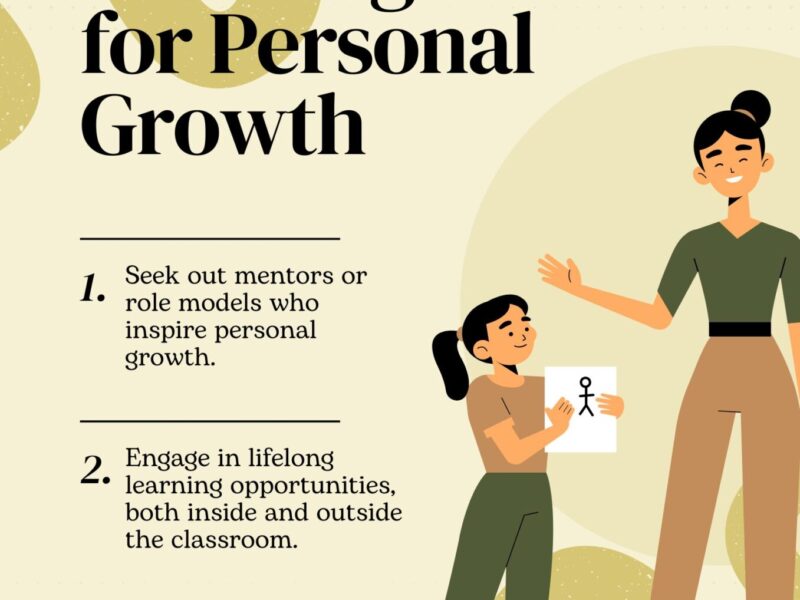The development of the present business days, along with the increasing demand for online training, is part of the modern education and professional locus.Key Tools and Technologies for Effective Online Learning. Growth, more so, is supplemented by improvements in technology, coupled with the growing need for remote learning solutions.Key Tools and Technologies for Effective Online Learning.
Yet again, the efficiency of learning online largely depends on the tools and technology adopted either by an educator, institution, or learner.On the other hand, the above tools and technologies enable improved accessibility, engagement, interaction, and all-around learning experience quality. Key Tools and Technologies for Effective Online Learning.This article examines the essential tools and technologies needed for effective online learning, ranging from a wide variety of applications to features that encompass their implications.
1. ecosystems of Learning Management
Overview
It is actually the most significant backbone in the entire online learning experience; Learning Management System platform or LMSs serve as the heart of such online learning. LMS is established as a central place where teachers can manage modules for tracking and evaluating student outcomes and facilitating communication.
Features
Content Delivery: Uploads and organizes course materials; includes videos, documents, quizzes, and interactive content.
Give below the common example of an LMS in brief.
Assessment: Tools with functionalities allow quizzes, assignments, and examinations creation-and-grading.Tracking and Analytics: Tracks learner through dashboards and reports.
Communication tools: Forums, message, and announcement are available enabling for interaction.
Popular LMS Platforms: Moodle: Very open-source and customizable.
Most friendly user interface.Blackboard: Feature-rich and focuses on institutional use. Google Classroom: Integrated within Google Workspace for effective collaboration.
Benefits:
Online course management is simplified by LMS solutions and they structure a course and collect data on learner outcomes for decision-making.
Video Conferencing Tools
Abstract
These tools have complemented the gap that exists between physical classrooms and constructed virtual environments by allowing real-time interaction in online learning.
Key Features
Live Classes: Support synchronous learning experiences.
Breakout Rooms: Allow for small group discussions and collaborative activities.
Screen Sharing: It allows live demonstrations and presentations.
Recording Features: These enable students to listen again to lectures for clarifying concepts.
Common Video Conferencing Tools Zoom: An individual elite educational feature set.
Microsoft Teams: One component of Office 365 that increases the power of collaboration.
Google Meet: Quite simple but really good for those packs for small uses.
Webex: Needs to stress security and the scalability of virtual meetings.
Advantages these video conferencing tools create a community zone and provide real-time feedback with an auditory and visual experience to keep an eye on several ways of learning.
3. Content Creation and Authoring Tools
Overview
Content creation tools enable teachers to create interesting, engaging, and interactive learning materials according to their curriculum.
Key Features
Customizable Templates: Simplifies the building of e-learning modules.
Interactivity: Quiz, drag and drop activities and branching scenarios.
Multimedia Integration: Incorporate videos, animations and audio to make the presentation dynamic.
Most Popular Tools
Articulate 360: A complete suite for designing interactive learning objects for e-learning.
Adobe Captivate: Has mainstream multimedia features that really stand apart from other competitors.
Camtasia: Merges screen recording with the potential editing tools for video-based learning.
Canva: Simplifies graphic design for presentations and infographics.
Have contents up to October 2023.The technological diversities in learning solutions are such that it encourages an educator to produce highly good, well-designed, and relevant content that would eventually engage the learner in more profound ways to cater to varied learning preferences by different users.
4. Assessment and Feedback Tools
Summary
Assessments allow online learners to measure their progress and receive timely evaluation feedback. They will be streamlined by assessment tools while still being kept above board and reliable.
Key Features
Automated Grading-notifies and reduces instructor workload while providing immediate results.
Plagiarism Detection-brings academic honesty through tools such as Turnitin.
Formative Assessments-Offers ongoing feedback quizzes, polls, and reflections.
Summative Assessment-Offers a mode of safe and proper closure finals.
Popular Tools
Google Forms: Free and easy to use for quizzes and surveys.
Quizizz: An online interactive platform for quizzes to spice up learning.
Kahoot: A highly competitive and engaging quiz platform.
Respondus: For proctoring the secure online exam.
Benefits
Assessment tools for good purposes will help assess learning outcomes in relation to areas where intervention and development must occur.
5. Tools for Collaboration and Communication
Overview
Collaboration tool is a must-have for team work and is thus a ground where learners and educators interact with other students.
Key Features
File Sharing-Easy access to resources and assignments. Real-Time Collaboration-Includes co-making of documents, presentations, and projects.
Discussions-encourages sharing of knowledge and peer-supported activities.
They supplement engagement and activate, besides making the community feel like a family and hence preparing them for a collaborative environment at work.
6. Gamification and Engagement Tools
Overview
Gamification is the incorporation of game-like features in the study to stimulate motivation and involvement.
Core elements
Points and Badges: These keep learners active and reward them for doing tasks and achieving objectives.
Leaderboards: Making competition part of learning places this competitive condition in a whole different aspect and whets the appetite.
Interactive Scenarios: Engulf the learner in the gift of authentic, decision-based challenges.
Major Tools
Classcraft: Make gamification of management and work in the classroom.
Duolingo: Language training but with gamified elements.
Quizlet: With the gamified element mainly in flashcards.
Kahoot!: Provides fun and lively quizzes.
Benefits
These tools will make learning fun while adding engagement and will increase the retention because of active involvement.
7. Virtual Reality and Augmented Reality (VR/AR)
Description
VR and AR technologies offers learners with immersive learning experiences in which they may replicate real-life environments or increase the reality.
Attributes Present
Sims: Create realistic practice places in fields of study like medicine, engineering, and aviation.
Active Learning: Learning encourages experimentation in real environments and with virtual objects.
Enhanced Visualization: Abstract ideas come to life through 3D models.
Popular Tools
Google expeditions: fieldtrips virtual by means of VR.
zSpace: AR and VR together to focus on STEM.
And for example:
Tilt brush: Learners can paint in a 3D Space.
Labster: Virtual science labs for practical experimentation.
Benefits
These technologies place students at imaginative and emotional experience better learning of complex topics.
8. AI and Adaptive Learning
Overview
With AI-based devices comes the promise that learning will be personalized enough to fit every student according to their specific needs and preferences.
Key features
Personalized Learning Pathways: The mode of delivery will depend on how the learner progresses.
Virtual Tutors: They will answer students’ questions and provide instant help.
Predictive Analytics: Identifies the students likely to be at risk and recommends remedial measures.
Chatbots: In charge of answering administrative queries and ready to assist students 24/7.
Most Useful Instruments
Actively Pretty: Offers adaptive learning solutions for higher education.
Coursera: Uses Artificial Intelligence for recommendations to courses and learning paths.
Knewton: An adaptive intelligent learning platform for personalized education.
Otter.ai: Lecture notes transcription tool that records and summarizes lectures.
Now, this can be, as AI tools, making it student-friendly and more productive as well as data-driven, unlike before, when the learning process was quite instrumental for teachers and school administrators.
9. Cloud-Based Storage and Sharing Tools
Overview
Cloud-based solutions provide instant resource access to learning users from anywhere, anytime.
File Accessibility by Core Features: Centralized storage, everyone can access it from whichever device they have Collaboration capability allow various users to co-write on a single document Datasafe: becomes information an encrypted mode and access control
Tools in Preferential Order
Google Drive: It is best known due to its entire Google Workspace.Dropbox: Allows very simple file sharing that is collaborative. OneDrive: It has smooth intuitive integration with Ms. Office Developing enterprise-grade security for institutional use.
Benefits
These tools on cloud storage then show improved flexibility, further collaboration, and access to resources in any type of learning environment.
10. Mobile Learning Technologies
Overview
Mobile learning refers to the on-the-go education accessed through smartphones and tablets.
Key Features
Responsive Design: Short screen optimized.
Microlearning Modules: Small, target-learners brief lessons for uptake.
Push Notification: All notifications regarding assignments, deadlines, and updates.
Offline Access: This is how learning can take place even when the internet is not available.
Popular Apps
Udemy: Enormous library of courses that are mobile-accessible.
Khan Academy: Mobile optimized free educational resources.
Duolingo: Language learning app that provides bite-sized lessons.
Edmodo: Links students and teachers for mobile-first learning.
Benefits
This is how the space between convenience and enhancing lifelong learning finds students where they live, work, and other life events.
11. Social Learning Platforms
Overview
Social learning platforms emphasize peer-to-peer interaction and community-driven knowledge sharing.
Key Features
Discussion Boards: Topic-specific conversations.
Knowledge Sharing: This includes the sharing of resources, insights, and experiences.
Network Opportunities: Learning connects learners to experts and peers.
Popular Platforms
LinkedIn Learning: Merge professional development networks.
Facebook Groups: Used for informal learning communities.
Edmodo: Promotes collaborative classroom environments.
Flipgrid: Video-based discussions to develop engagement.
Active Learning. Learning through a social media platform helps in building collaborative attitudes, grooms the habit of active participation and creates supportive learning environments.
Such as 12. Open Educational Resources
Title
Definition: Open Education Resources grant free and accessible educational content, thereby opening up access to quality education.
Key Features
Varied Modes-of-Delivery: e.g., textbooks, videos, and interactive modules of learning.
Flexible Licensing: Commonly shared using a Creative Commons license.
Customizable: Adaptable to specific needs of users or educators.
Popular Sources
Khan Academy: Provides free courses in various subjects.
MIT OpenCourseWare: Course-wise materials available for use from the Massachusetts Institute of Technology.
OpenStax: Free peer-reviewed digital textbooks.
Coursera: Routes free courses with a range of paid ones.
Benefits
Avenues for democratization in education and reduction of cost, and even a support grounding for some innovative lifestyles in teaching practice.
Conclusion
Online learning is as good as the tools and technologies selected and integrated carefully to be right to meet differing needs and contexts. It ranges from sophisticated LMS platforms to all-encompassing, immersive virtual reality experiences, through gamified learning and AI-driven personalization, with virtually every tool at present at one’s disposal to transform traditional education into vivid engaging and flexible experiences that impact learning. To bring deep changes in the pedagogy, these technologies may be used by educators and institutions as part-and-parcel of the approach they carry out to meet the needs of modern learners in online learning.

